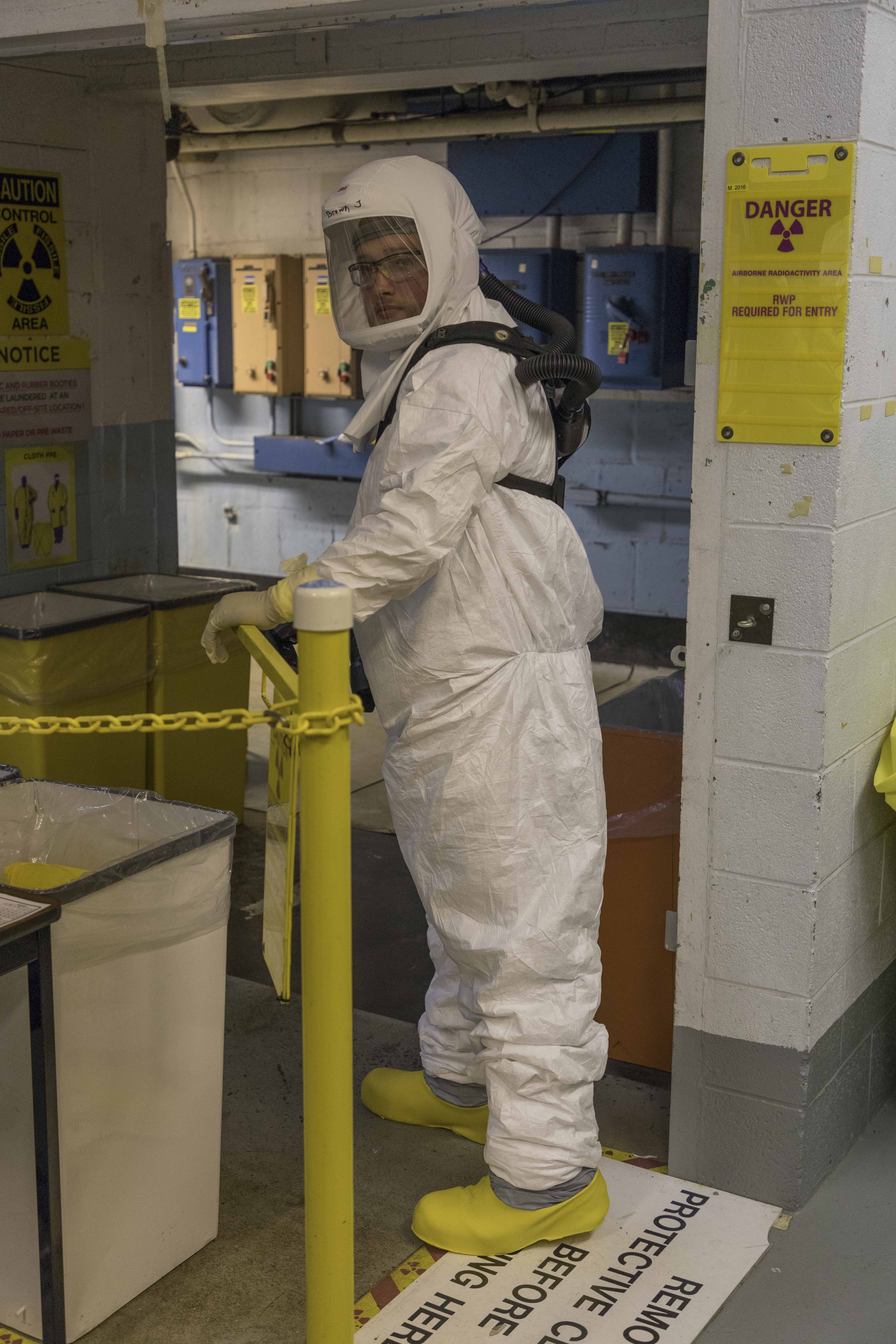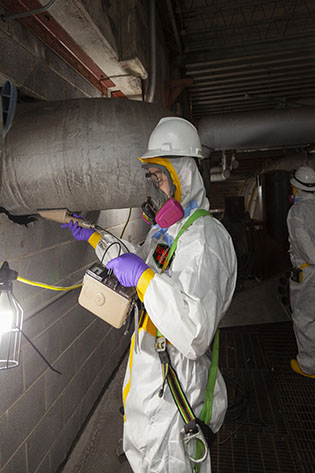Y‑12 achieves fourth year of low exposures


Radiation is all around us. The sun, the earth, and other sources all emit radiation. At Y‑12 National Security Complex, radiation exposures are equivalent to what you get from nature.
In 2022, for a fourth year in a row, no one at Y‑12 received a dose of more than 350 millirem.
That’s a significant milestone, so much so that Dr. Marvin Adams, NNSA deputy administrator for Defense Programs, noted Y‑12’s achievement to NNSA Nuclear Production Office and Y‑12 site leadership during his visit in early June.
By comparison, a person receives an average annual dose from natural and manmade sources of roughly 620 mrem, or 310 mrem from radon in the air, cosmic rays, and earth materials and 310 mrem from medical, commercial, and industrial sources each year.
The importance of the achievement is obvious. When our bodies are exposed to radiation, they interact at the cellular level. The result of a radiological exposure can range from no damage, to, in the extreme, cancer. The exact effect depends on the specific type and intensity of the radiation exposure. Reducing exposures is a health and safety issue, which is why radiological protection is such an important priority at Y‑12.
The regulatory exposure limit is 5,000 mrem. Y‑12’s milestone shows the level of commitment to safety, by keeping exposure as low as reasonably achievable (ALARA). That means ALARA has resulted in exposures that are less than 10% of what is allowed regulatorily.
“All in all, 2022 was an outstanding year for radiological work,” said Scott Wical, Radiological Control manager.
Y‑12 Deputy Site Manager Jan West, who served as senior director of Safety and Industrial Hygiene, was pleased with the numbers. “These rates don’t happen by accident,” she said. “Team commitment to continuously improve the radiological conditions, controls, and work practices is key to our success. It takes everyone doing their part,” she added.
Coming in contact with contaminated surfaces is one of the most challenging aspects of performing radiological work. At the encouragement of Y‑12 Site Manager Gene Sievers, the team made great strides in reducing contamination in work areas.
“Reducing removable contamination from work areas lessens the amount of activity that can become airborne and be breathed in by individuals when conducting work,” Wical said.
That and other efforts to reduce radiation exposures could not have been achieved without a total team effort, including the following:
- Y‑12 senior management
- NNSA Production Office
- RADCON Infrastructure Sustainment
- Program Management
- Facility Operations Management
- Clean Sweep and Sustainment
- Rad workers, planners, engineers, instructors, and supervisors
- ALARA committee members
- Safety and Industrial Hygiene
- RADCON personnel
Wical says he is “blessed and happy” to be part of this successful effort but realizes that the work is never done. “It starts on the floor with our Production folks and with our managers and supervisors,” he said. “It takes everybody’s commitment, and I’m humbled to be part of it.”
